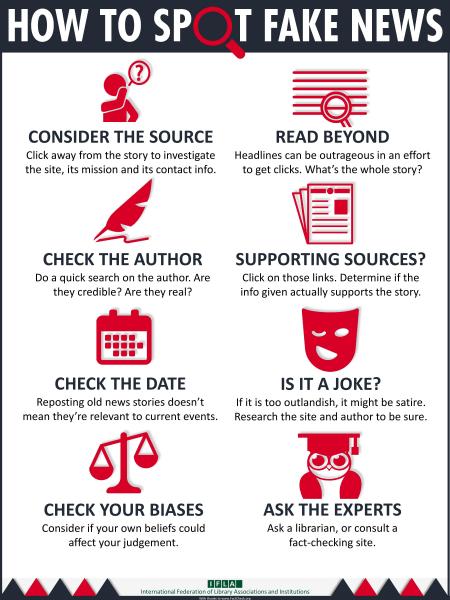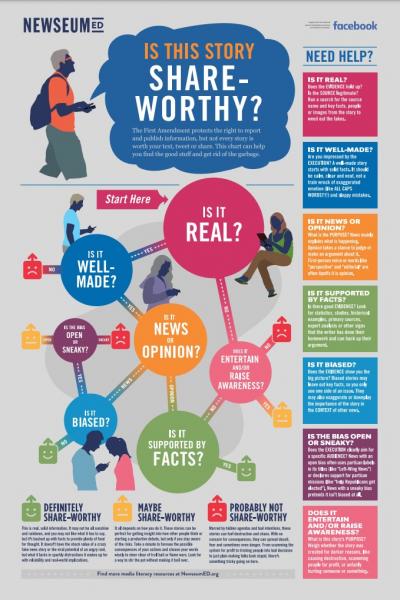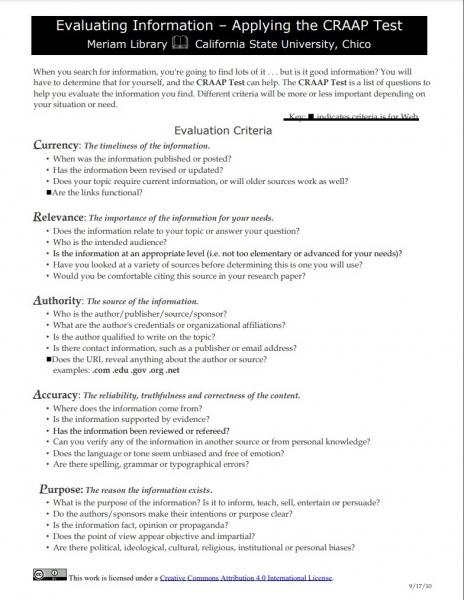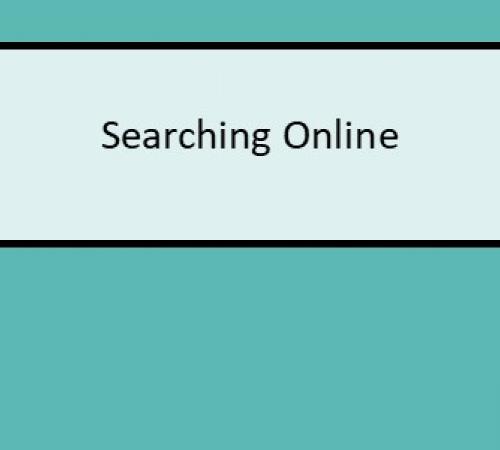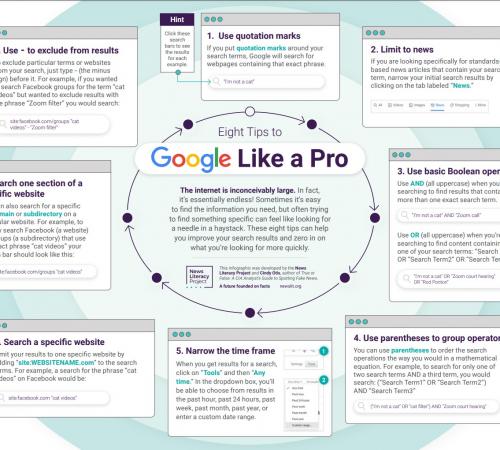Fact or Fake?
How to Spot Fake News |
Consider the Source: Read Beyond: Check the Author: Supporting Sources? Check the Date: Is It A Joke? Check Your Biases: Ask the Experts: Source: The International Federation of Library Associations and Institutions |
Is it Share-worthy? |
Is it real? Is it well-made? Is it news or opinion? Is it supported by facts? Is it biased? Is the bias open or sneaky? Does it entertain and/or raise awareness? |
Is it CRAAP? |
Currency: The timeliness of the information. Relevance: The importance of the information for your needs. Authority: The source of the information. Accuracy: The reliability, truthfulness and correctness of the content. Purpose: The reason the information exists. Source: Blakeslee, Sarah (2004) "The CRAAP Test," LOEX Quarterly: Vol. 31 : No. 3 , Article 4. |

